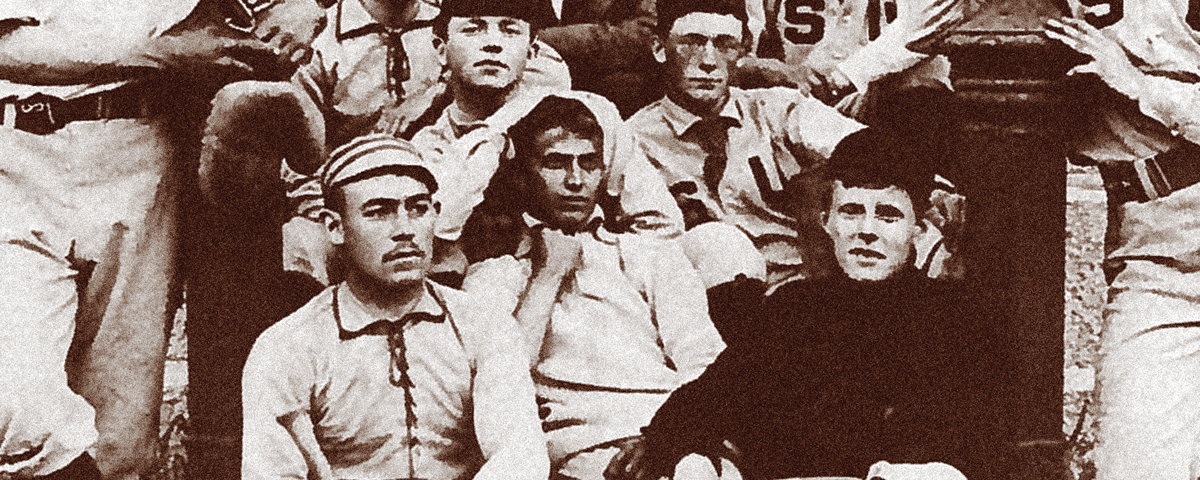Crane’s West
In this issue historian Paul Andrew Hutton tackles Texian enemy No. 1, Antonio López de Santa Anna, who not only won at the Alamo and lost at San Jacinto but also recorded a dizzying number of ups and downs in Mexican politics. In 1869, 33 years after the Texas Revolution, Santa Anna was in exile in Staten Island, New York, trying to raise money for an army to make possible a triumphant return to Mexico City. Thanks to a general amnesty, he finally made it back to the Mexican capital in 1874. He died there two years later at 82, and it’s anyone’s guess whether he still remembered the Alamo. We at Wild West haven’t forgotten that March 6, 1836, Texian fight to the death against Santa Anna’s overwhelming force. Besides Hutton’s tale on the “Napoléon of the West,” we also present Oklahoma author Ron Jackson’s take on the letters Lt. Col. William Barret Travis and other defenders sent out from the besieged Alamo just three days before the fall.
Nearly 60 years later author Stephen Crane visited the old mission in San Antonio during an 1895 Western trek, a journey Matthew Bernstein relates in this issue. I confess to being a lifelong Crane fan, even after a seventh-grade English teacher practically shoved The Red Badge of Courage down my throat (I would thank her today). Stephen and I, at least as I saw it, had much in common: Both born in New Jersey, both Scorpios, both baseball fans, both had writing in the blood, both spent carefree time in Hartwood, N.Y. (he with brothers William and Edmund Crane, me at my grandparents’ summer home), both roused by trips to what he called the “rough West,” both met a Cather woman (he the celebrated writer Willa, me one of Willa’s nonliterary descendants) and both experienced the spirit of the Alamo, albeit more than 100 years apart. Crane once wryly observed, “69,710 writers of the state of Texas have begun at the Alamo,” though he understood why, as “the Alamo remains the greatest memorial to courage which civilization has allowed to stand.” Travis, James Bowie, David Crockett and associates certainly earned their red badges of courage. Unlike the protagonist in Crane’s famous Civil War book, however, they all died from their wounds.
Travis, co-commander at the Alamo, was just 26 when he fell there, a hero for all ages. Crane, who never was a soldier but did become a war correspondent, was 28 in June 1900 when he died of tuberculosis in a German sanatorium—his literary reputation secured for all ages. “He died young,” Willa Cather wrote of him in 1931, “but he had something real.” As I expressed to a Cather descendant when I was still an unpublished novelist at age 50-something, “It’s incredible how much Crane accomplished in such a short time; still, I’m glad we didn’t both die young.” A few weeks later the modern female Cather said something like, “The truth is, Gregory, you’re a little too old for me, you know—this has to be the end,” but that’s another story.
Crane wrote two highly acclaimed Western short stories based on his trip to Nebraska and Texas—“The Blue Hotel” and “The Bride Comes to Yellow Sky.” He also came to admire Westerners, saying, “When they are born they take one big gulp of wind, and then they live.” Later, he wrote: “I have always believed the Western people to be much truer than the Eastern people. We in the East are overcome a good deal by a detestable, superficial culture which I think is the real barbarism. Culture in it’s true sense, I take it, is a comprehension of the man at one’s shoulder. It has nothing to with an adoration for effete jugs and old kettles.”
As I said, we were both born in New Jersey, and, oh, by the way, I did get a historical novel set in the West published when I was in my 60s. Not only that, but there is actually a potential bride waiting for me out in Big Sky, not far from a national wildlife refuge where among the migratory birds are foraging cranes. WW





